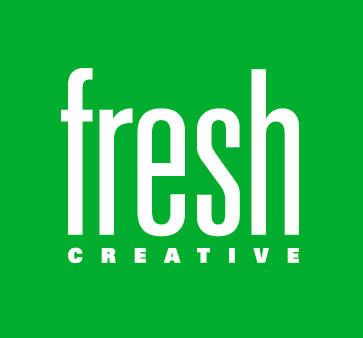Having the right image is critical in marketing, but a photo is a photo, right? Wrong.
We frequently run into issues when a client provides a photo to use in a project. Often it’s a result of a resolution or sizing problem. A common example is taking a 72 dpi image sized for use on the web and providing it for a print project. Here’s a quick rundown of photo file formatting challenges so you can know like a pro.
RESOLUTION – Web images are typically set at 72 dpi (dots per inch) to allow for faster site loads. The lower resolution isn’t a problem on most screens and greatly improves the user experience on your site. Print projects typically require 300 dpi images at the appropriate dimensions of the use to allow for crisp duplication. Some advertising mediums like newsprint or outdoor do not require 300 dpi full size images. If you start with a 300 dpi image, it can be scaled and formatted correctly for your project. Once an image has been formatted for the web, resized or otherwise reduced in resolution, you can’t use the reformatted file for uses requiring higher resolution or size in the future.
FORMATTING – Due to email file size restrictions, images are often formatted to be sent electronically as an initial proof. These images are great for many uses including slideshows or internal communications, but they are not the original, full-size, high-resolution images. If you keep these images and provide them to a designer or other vendor, chances are they will not be the right resolution or size.
CROPPING – When we do custom photography for a client, crop is one of the first questions we discuss as it’s important for proper image composition. Generally images can be thought of as landscape (horizontal crop), portrait (vertical crop) or square. If your image has been composed for use in a horizontal format, chances are it will not be appropriate for use in a vertical application.
Will that image sitting on your desk top work for your marketing project? It all depends on resolution, formatting and cropping. Bottom line: a small, horizontal 72 dpi web image isn’t going to work on a vertical poster. It’s critical to keep the original photo for future use, save separate, properly formatted files for other uses, and understand the limitations of cropping/composition.
Fresh Creative has a team of photography and digital file experts ready to help you. Explore our work to see how we use photography in a broad range of projects from web and print to outdoor. Check back for our next Fresh Perspective blog series on copywriting/editing.

